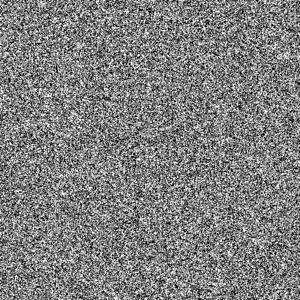Difference between revisions of "W1292 Useful Randomness"
From Coder Merlin
| Line 1: | Line 1: | ||
[[File:RandomBitmap.png|thumb|Random Bitmap]] | [[File:RandomBitmap.png|thumb|Random Bitmap]] | ||
[[File:Kuntze-Konicz Fortune.jpg|thumb|Kuntze-Konicz Fortune]] | |||
== Prerequisites == | == Prerequisites == | ||
Revision as of 08:04, 26 March 2019
Within these castle walls be forged Mavens of Computer Science ...
— Merlin, The Coder
Prerequisites[edit]
Research[edit]
Background[edit]

The value of π can be calculated by:
- Randomly throwing "darts" at a unit circle
- Counting the total number of "darts", N
- Counting the number of "darts" that fall within the unit circle, C
- The ratio of the area inside the circle to the total area is C/N
- The value of π is four times this value (because the area of the total square is 2 units x 2 units)
Exercises[edit]
- Estimate the value of π by performing the above experiment
- Throw 100 darts. What result do you obtain?
- Throw 1000 darts. What result do you obtain? How is this different from your previous result?
- How many digits are you able to accurately estimate π by varying N?
- How important is it that the dart be "thrown" randomly?
Key Concepts[edit]
- Random numbers meet the following two criteria:
- Even distribution over a defined interval
- Impossible to predict subsequent values based upon previous values
- Random numbers can be very useful in certain circumstances


